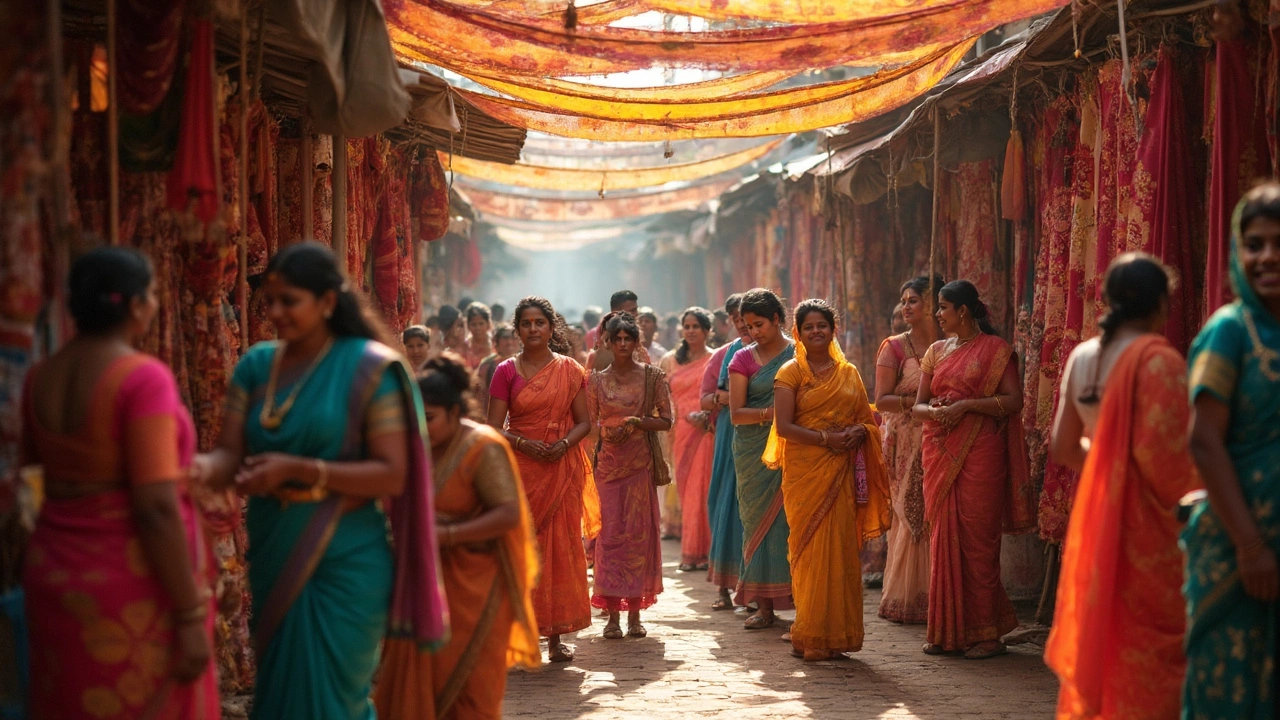Handloom Industry in India – What You Need to Know
Did you ever wonder why handloom fabrics feel so alive? It’s the mix of skill, tradition, and a touch of sustainability that big factories can’t copy. In India, handloom isn’t just a craft; it’s a huge part of the economy, supporting millions of weavers and feeding a growing demand for eco‑friendly apparel.
At Viraj Machinery we track the latest manufacturing trends, and handloom consistently shows up as a high‑growth niche. From the silk lanes of Varanasi to the cotton clusters of Gujarat, each region brings its own pattern, yarn, and story. This diversity means buyers can pick fabrics that match a brand’s vibe while helping local communities.
Why Handloom Matters for Modern Manufacturers
First off, handloom is naturally low‑impact. No massive power‑hungry looms, just human hands and simple tools. That translates to lower carbon footprints and a marketable “green” label for brands. Second, the texture and dye‑absorption of handloom cloth give garments a unique look and feel—something that mass‑produced polyester can’t replicate.
Third, the Indian government backs the sector with schemes like the Handloom Mark and various subsidies. These programs lower costs for small producers, making it easier for you to source at competitive prices. Finally, the rise of e‑commerce platforms has opened global markets for handloom products, turning local designs into international hits.
How to Find Reliable Handloom Suppliers
Start by mapping out the major handloom hubs. Surat, Bhuj, and Sualkuchi are known for high‑quality cotton and silk. Once you have a shortlist, reach out directly to weaver cooperatives or verified manufacturers listed on industry portals. Ask for sample swatches, production capacity details, and references from past clients.
Check certifications. The Handloom Mark guarantees that the fabric truly comes from a handloom process and meets certain quality standards. Also, look for suppliers who practice ethical sourcing—fair wages, safe working conditions, and transparent supply chains are signs of a trustworthy partner.
If you’re unsure about negotiating terms, consider using a contract manufacturing model. This lets you define exact specifications, timelines, and payment schedules while the supplier handles the day‑to‑day weaving. Many Indian handloom firms are comfortable with this arrangement because it reduces risk on both sides.
Finally, keep communication simple. Use clear sketches, color codes, and real‑world use cases (like a t‑shirt prototype) to avoid misunderstandings. A quick video call can often clarify details that emails miss.
Handloom offers a blend of tradition and modern market appeal. By tapping into the right regions, verifying certifications, and keeping the dialogue open, you can add authentic, sustainable fabrics to your product line without a steep learning curve. Keep an eye on emerging trends—digital printing on handloom cloth, blended yarns, and new design collaborations are reshaping the space fast.
Ready to explore handloom opportunities? Use Viraj Machinery’s resource hub to dive deeper into supplier directories, government scheme updates, and case studies that show how other brands succeeded. The handloom market is growing—make sure you’re part of the story.

What Textile Is India Famous For? Unraveling the Fabric Legacy
India stands out globally for its rich and diverse textile heritage. From legendary cottons and silks to vibrant handlooms, Indian fabrics are world-renowned for their quality and unique traditions. This article explores which textiles are closely tied to India's identity, highlights their global impact, and offers practical pointers for sourcing or appreciating them. You'll get tips about how to spot authentic Indian textiles and why certain regions excel in particular fabrics. If you want the lowdown on what makes Indian textiles tick, you're in the right place.
Read More